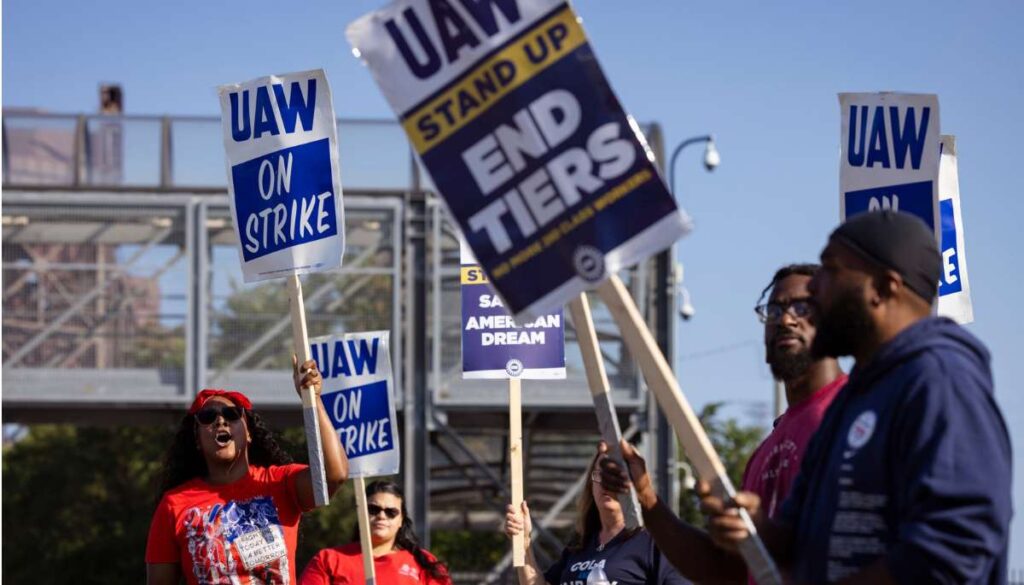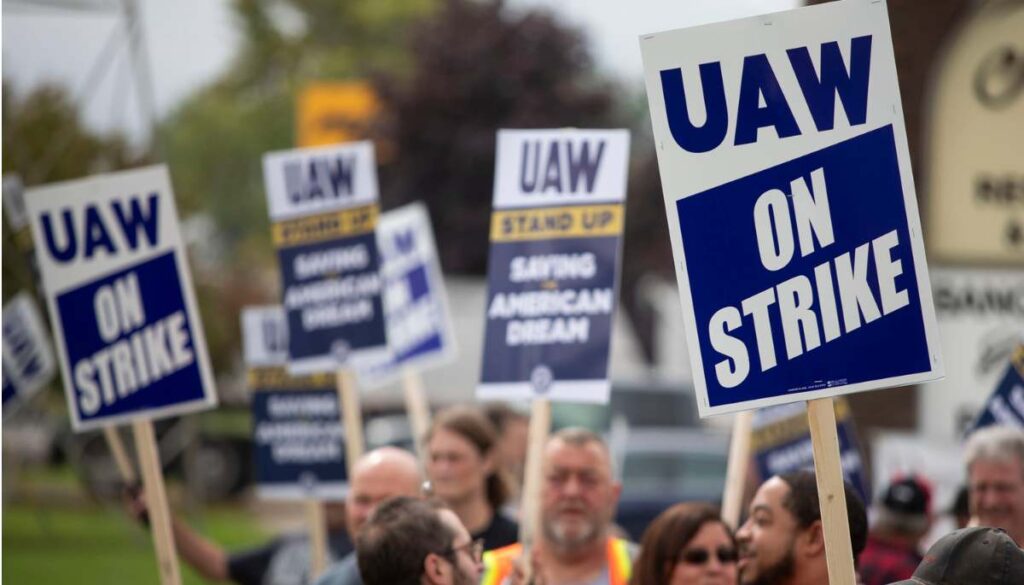Retirement Savings: When we talk about Retirement Savings, it is important to have enough cash to cover the bills. There is a risk of not having enough money throughout retirement to cover normal expenses. New retirement readiness is highest among baby boomers in their early to mid-60s, who tend to be in lower-paid, middle-income jobs.

Retirement Savings: Big challenge for low-income workers in retirement
Low-income workers face greater challenges preparing for retirement for a variety of reasons, so here’s what to do for those struggling enough to save for retirement:
1. Lack of access to employer-sponsored retirement plans

According to the Government Accountability Office, only 23% of low-income workers had access to an employer-sponsored retirement savings plan in 2019, compared to 75% of higher-income workers, which could be a major disadvantage. These employer-sponsored plans offer many benefits, such as automatic enrollment, matching contributions and lower fees than individual retirement accounts (IRAs).
Also Read: What’s the Golden Ticket to Homeownership in Tampa?
2. Unexpected income
Low-income workers appear to be more likely to experience employment disruption or unemployment. This can make it difficult to save consistently for retirement.
3. High cost of living
Low-income workers often have less money left after paying for basic expenses like housing, food, and transportation. So low-income workers find it difficult to save for retirement, even if they have retirement savings.
Lack of financial knowledge and resources

Low-income workers may not have the same financial knowledge and resources as higher-income workers, making it difficult to make informed decisions about retirement savings.
The tentative agreements at Ford, Stellantis and GM include a significant increase in employer contributions to 401(k) plans for hourly workers not covered by traditional pensions, a big win on retirement savings for workers who are not covered by traditional pensions. Is. Because it can help them a lot in saving more for retirement.
Also Read: 5 Best Tulsa Cheapest Car Insurance Company
Under the new agreements, employers will increase contributions to employees’ 401(k) plans from 6.4% to 10% of pay. If an employee makes $50,000 a year, his or her employer’s contribution could increase from $3,200 to $5,000. Increasing employer contributions is especially important for hourly workers, whose incomes are often lower than those of salaried workers, which would help them save more for retirement. This may not be able to make large contributions to your own 401(k) plans.
These new agreements make it even easier for workers to save for retirement. Under the old agreements, workers had to contribute at least 1% of their pay to their 401(k) plans to receive the full employer contribution. With this new agreements there is no required contribution from workers to receive the employer’s contribution.
How much income do you need in retirement?

Low-income workers need to replace a greater share of their income in retirement than higher-income workers, because they have less discretionary spending and more of their income is spent on necessities. The Vanguard study found that low-income workers will have to replace 96% of their pre-retirement income in retirement. Here 6 Best Ways to Reduce Tax Liability in Retirement
Social Security will replace 62% of their income, requiring them to save for the remaining 34%, although many low-income workers do not save that much.
This is because people underestimate how long they will live in retirement. The second is that many people don’t have anything saved for retirement.
One study found that higher-income workers need to replace a smaller percentage of their pre-retirement income in retirement. For example, workers with an average income of $61,000 need to replace 68% of their income. So they still have a savings margin of 17%.
However, higher-income workers can cover the gap by delaying retirement, selling their home and investing the money, continuing to work, or renting. These steps can be taken but very few people take such steps. I have found in a study that many employees are not ready for retirement. Low-income workers are particularly at risk, but the savings gap exists among higher-income workers as well.

